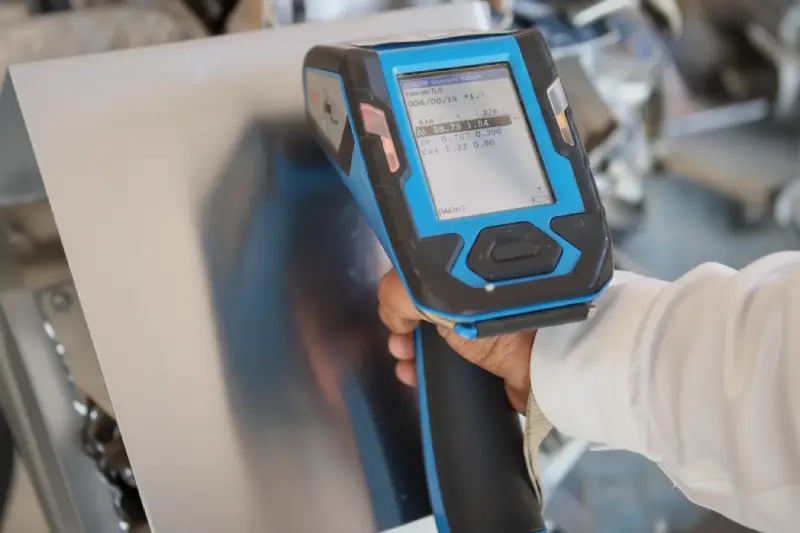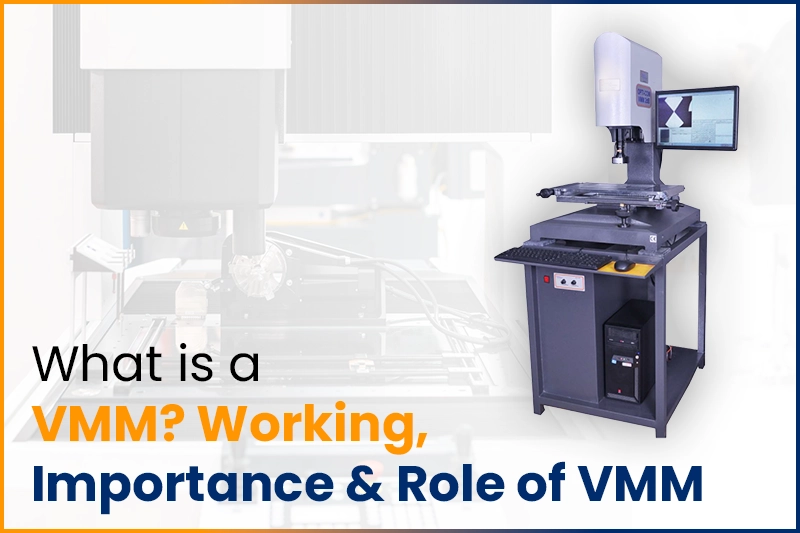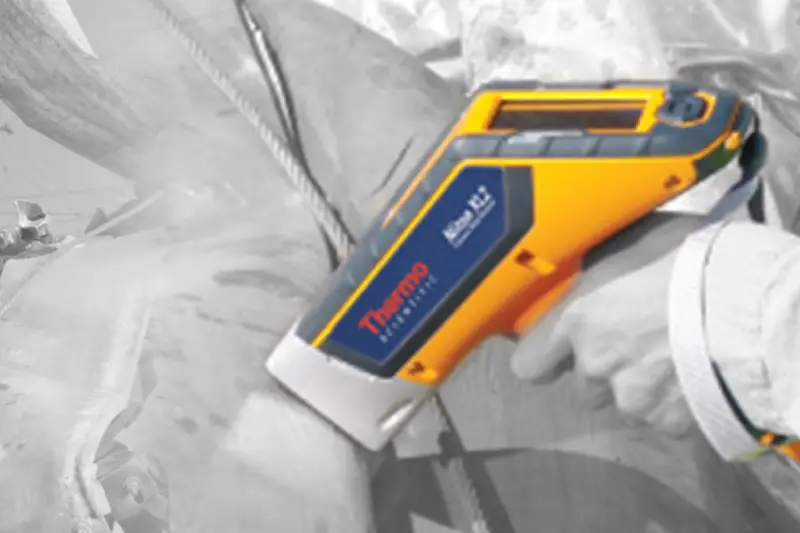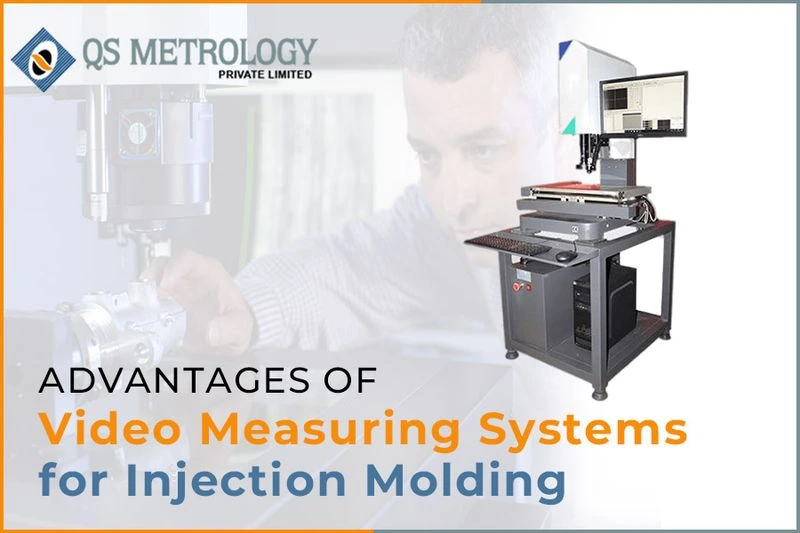What is X Ray Fluorescence and How Does It Work?
X Ray Fluorescence (XRF) is a reliable and non-destructive method used to find out what elements are present in a material. It is widely used in laboratories, manufacturing units, recycling plants, and mining sites to check the chemical composition of metals, minerals, plastics, and coatings. This simple yet powerful technology helps industries ensure material accuracy and maintain consistent quality standards. 1. What is X Ray Fluorescence? X Ray Fluorescence is an analytical process that identifies and measures the elements present in a sample. When high-energy X-rays strike the atoms in the material, those atoms emit fluorescent X-rays with unique energy levels. By detecting and measuring these emitted rays, an X Ray Fluorescence analyzer determines both the type and amount of each element in the sample. 2. How X Ray Fluorescence Works The X Ray Fluorescence process is straightforward – The sample is exposed to primary X-rays. The X-rays knock out electrons from inner atomic shells. Outer electrons fall into the empty spots, releasing energy as fluorescent X-rays. The analyzer measures this energy and identifies the elements inside the sample. This quick process gives instant and accurate results without altering or damaging the material. 3. X Ray Fluorescence Spectrum Explained Each element gives off distinct X-ray energy peaks. The peak energy identifies which element is present. The peak height or intensity indicates how much of it exists. The X Ray Fluorescence spectrum, displayed as a graph, provides a visual and detailed analysis of a material’s composition — essential for quality control and verification. 4. Industrial Applications of X Ray Fluorescence X Ray Fluorescence technology is used across various industries for rapid and precise testing – Oil & Gas – For Positive Material Identification (PMI) of pipes and valves. Metal Fabrication – Ensures correct alloys are used in production. Aerospace & Automotive – Checks coated and metallic parts for safety compliance. Recycling – Sorts metals and alloys efficiently for reprocessing. Mining – Helps identify valuable mineral deposits directly at the site. Construction – Assists in environmental soil testing and site inspections. 5. Benefits of X Ray Fluorescence Technology Non-destructive testing method Delivers results within seconds Works with solids, liquids, and powders Minimal or no sample preparation required Detects multiple elements at once Portable models for field analysis Reduces laboratory testing costs These advantages make X Ray Fluorescence one of the most practical and cost-effective tools for elemental analysis. 6. Portable X Ray Fluorescence Analyzers Modern portable X Ray Fluorescence analyzers are compact, durable, and easy to use. They bring laboratory accuracy directly to the field. Operators can test materials instantly, make faster decisions, and maintain efficiency without waiting for lab results. Portable X Ray Fluorescence analyzers are ideal for industries that need on-site inspection, quick alloy verification, and instant results. 7. Safety in X Ray Fluorescence Testing While X Ray Fluorescence involves radiation, it is extremely safe when used correctly. The analyzer emits a focused X-ray beam only during measurement, and exposure is minimal. Safety Practices – Complete X-ray safety training. Never aim the device at people. Do not hold samples during testing. Observe the beam indicator light. Store the analyzer properly. Report any issue to your safety officer. 8. Accuracy and Calibration in X Ray Fluorescence The accuracy of X Ray Fluorescence depends on proper calibration and maintenance. Regular calibration ensures consistent results across different materials and environments. High-quality analyzers are factory-calibrated and can also be customized for specific material groups to achieve precise readings. 9. Environmental and Sustainable Use of X Ray Fluorescence X Ray Fluorescence plays an important role in environmental studies and sustainability projects. It helps identify hazardous elements, monitor soil contamination, and analyze pollutant levels in industrial waste. By using X Ray Fluorescence, organizations can follow environmental standards and reduce the risk of harmful material exposure. 10. The Future of X Ray Fluorescence With advancements in technology, X Ray Fluorescence devices are becoming smarter and faster. New models include touchscreen controls, wireless data transfer, and cloud-based reporting. These innovations make X Ray Fluorescence even more essential for industries that depend on accuracy, traceability, and efficiency in material testing. In conclusion, X Ray Fluorescence has changed the way industries identify and analyze materials. Its non-destructive nature, fast performance, and high accuracy make it an essential part of quality control and process verification. From metals and minerals to coatings and composites, X Ray Fluorescence offers reliable results every time. Explore Our Portable XRF Analyzers









